The Deco Hall
The Deco Hall
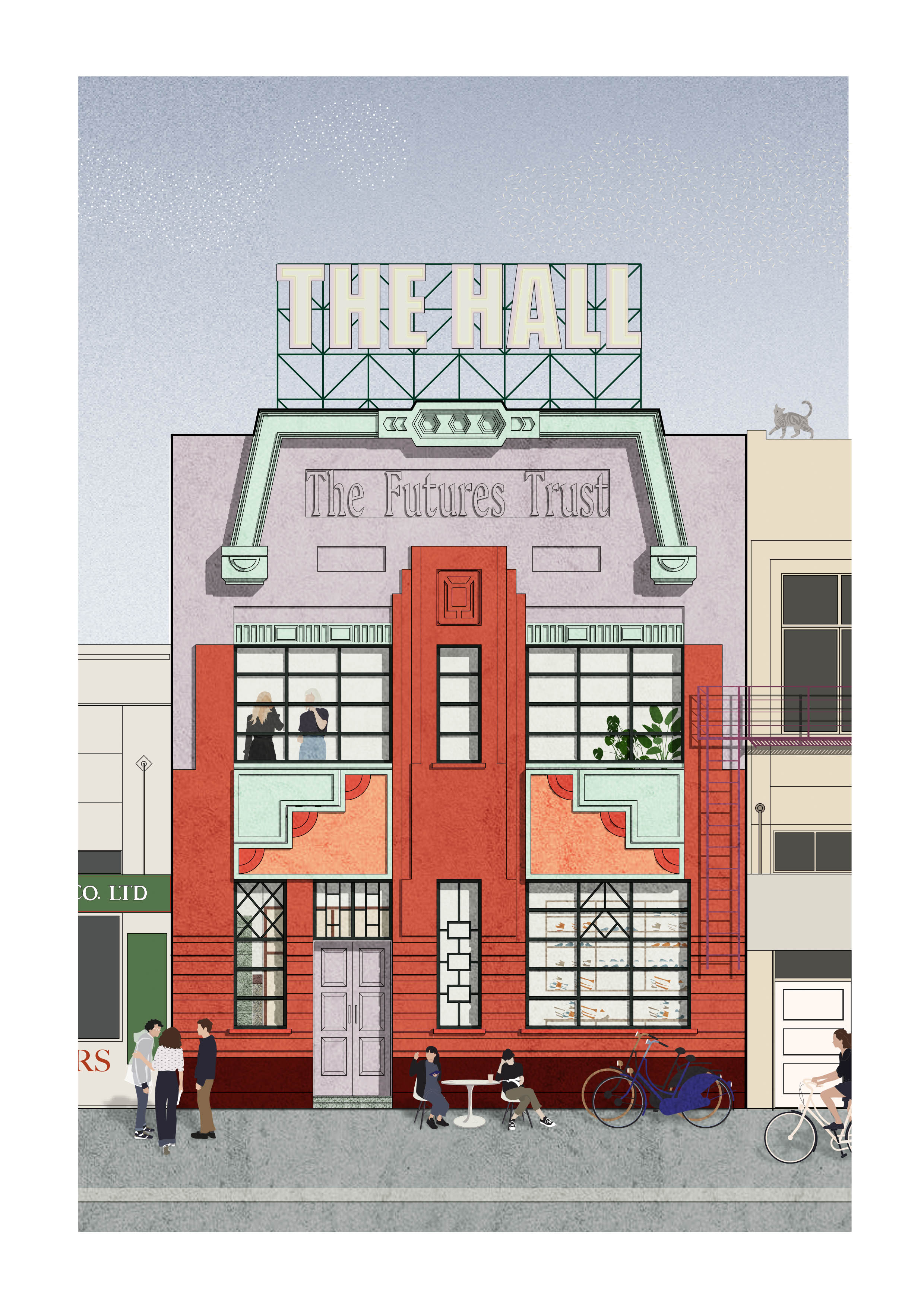
Elevation — New facade colour honour Art Deco's past.
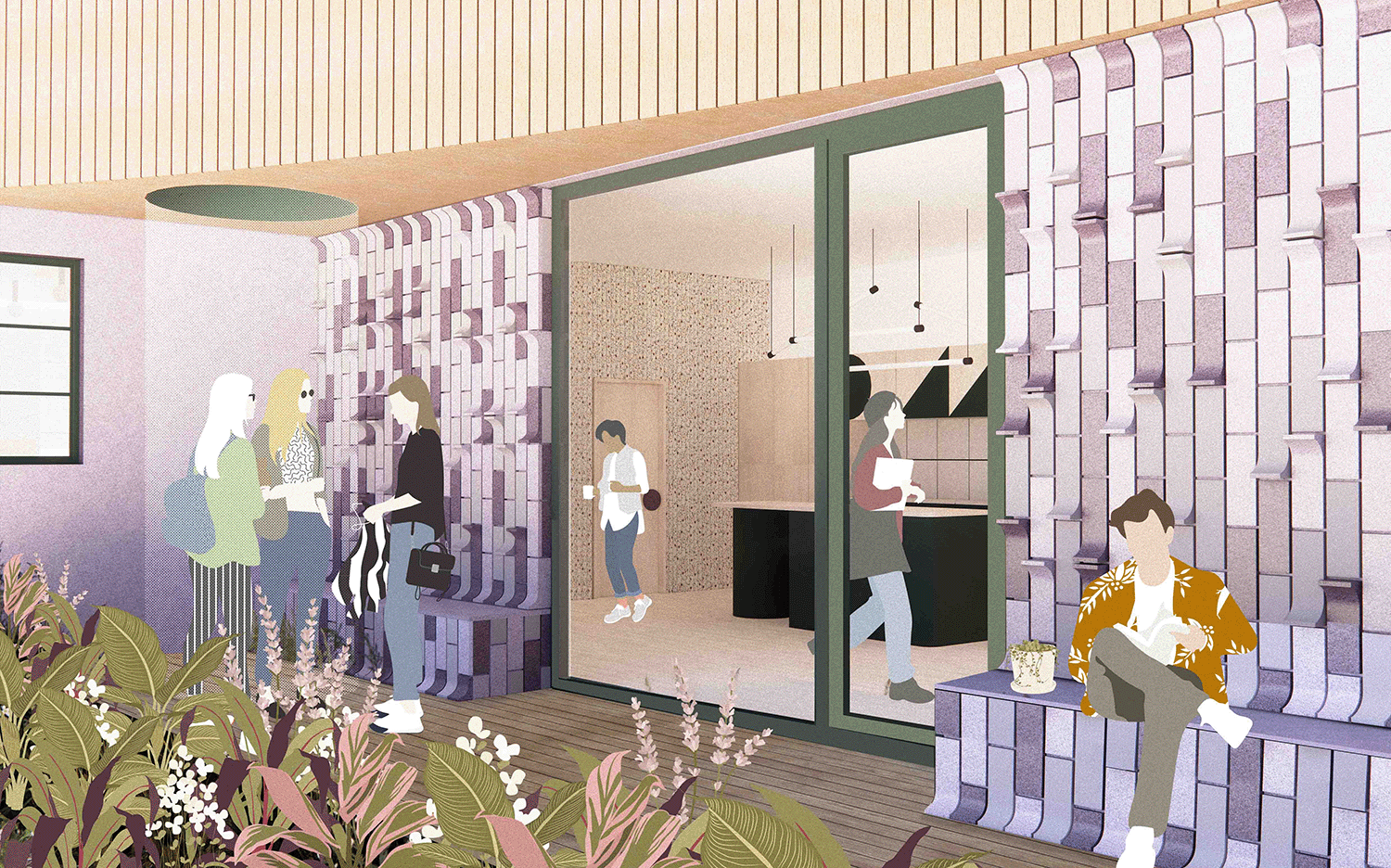
Roof Top Terrace —
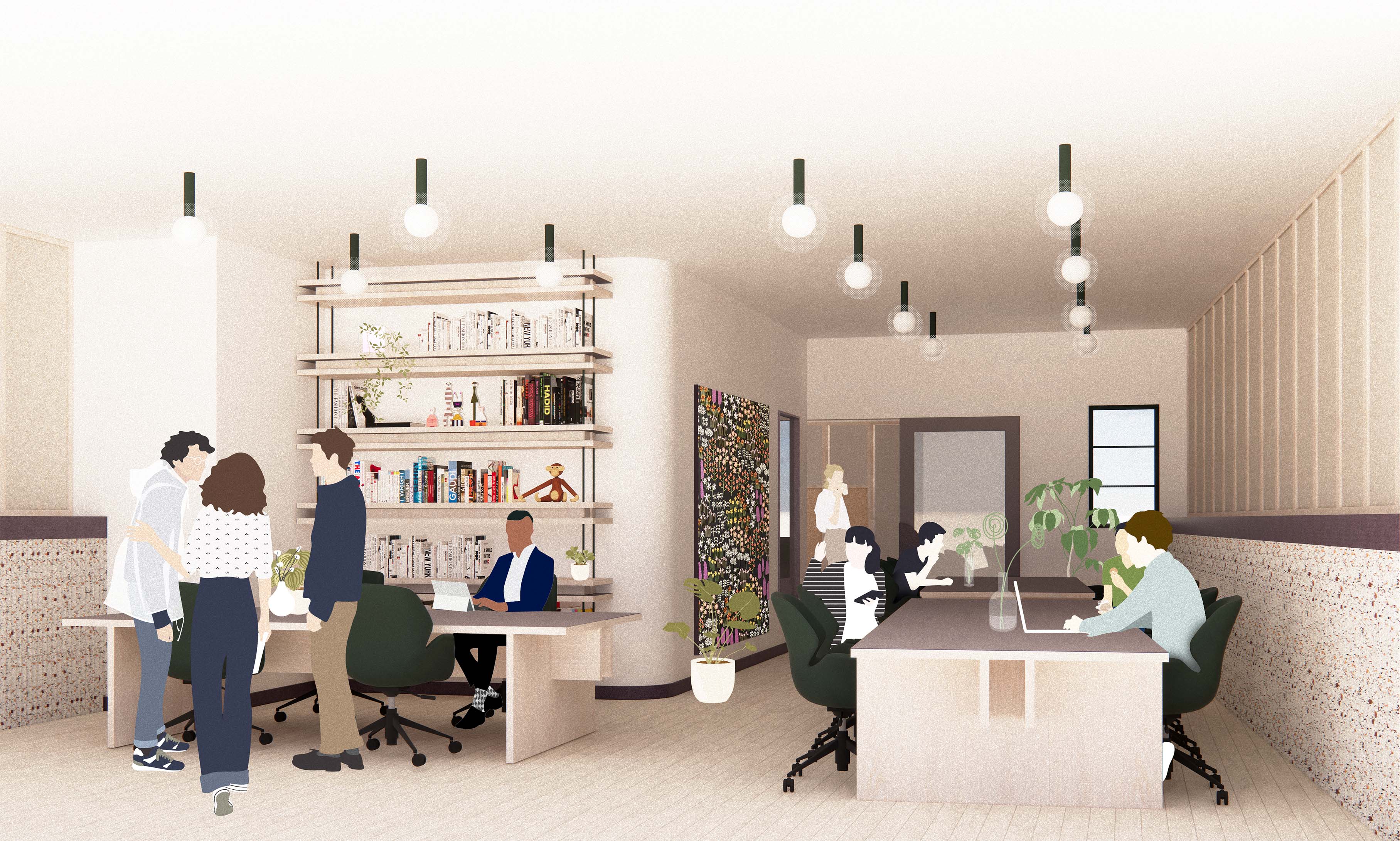
Coworking Space —

Art Gallery/Hall —
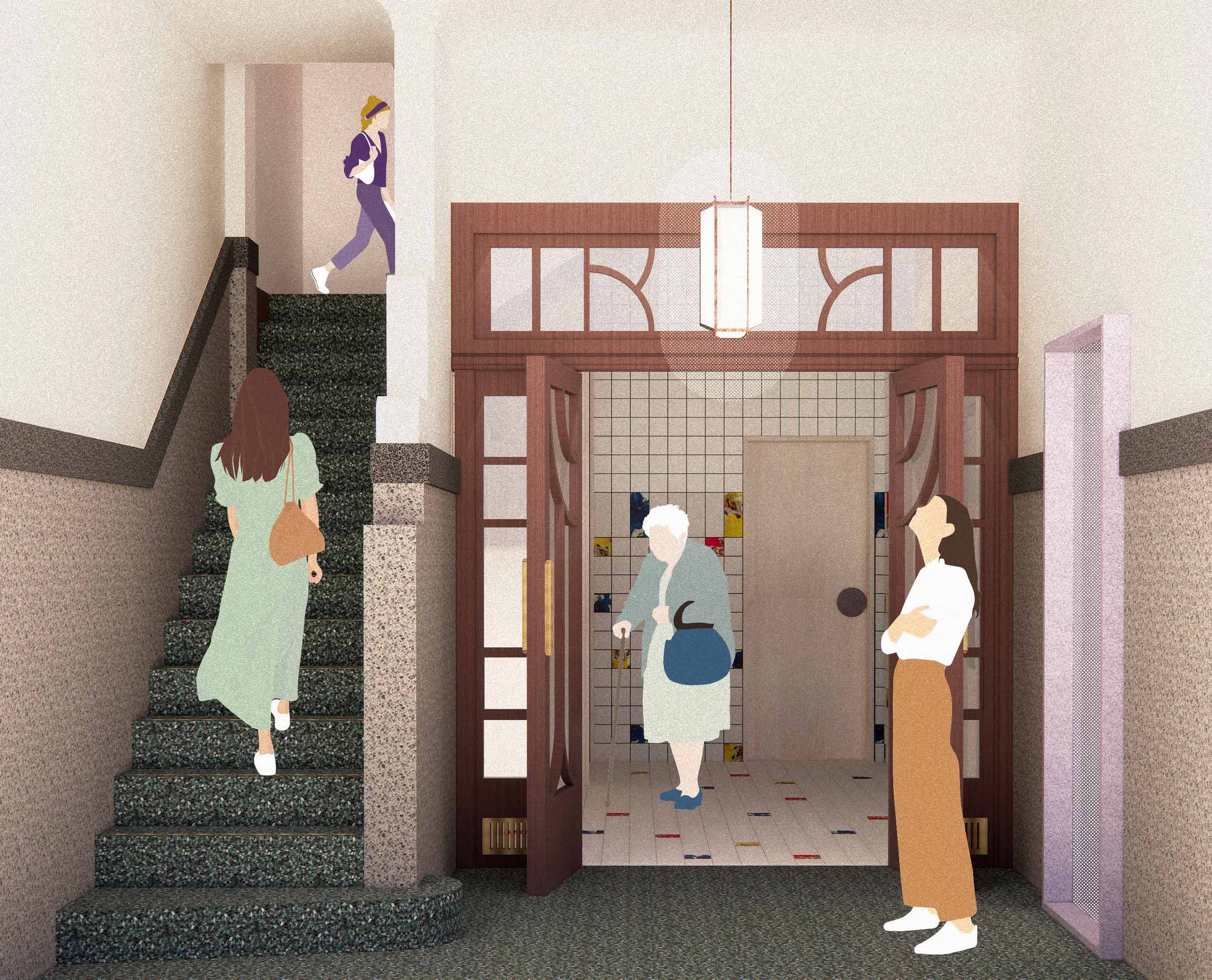
Entrance —
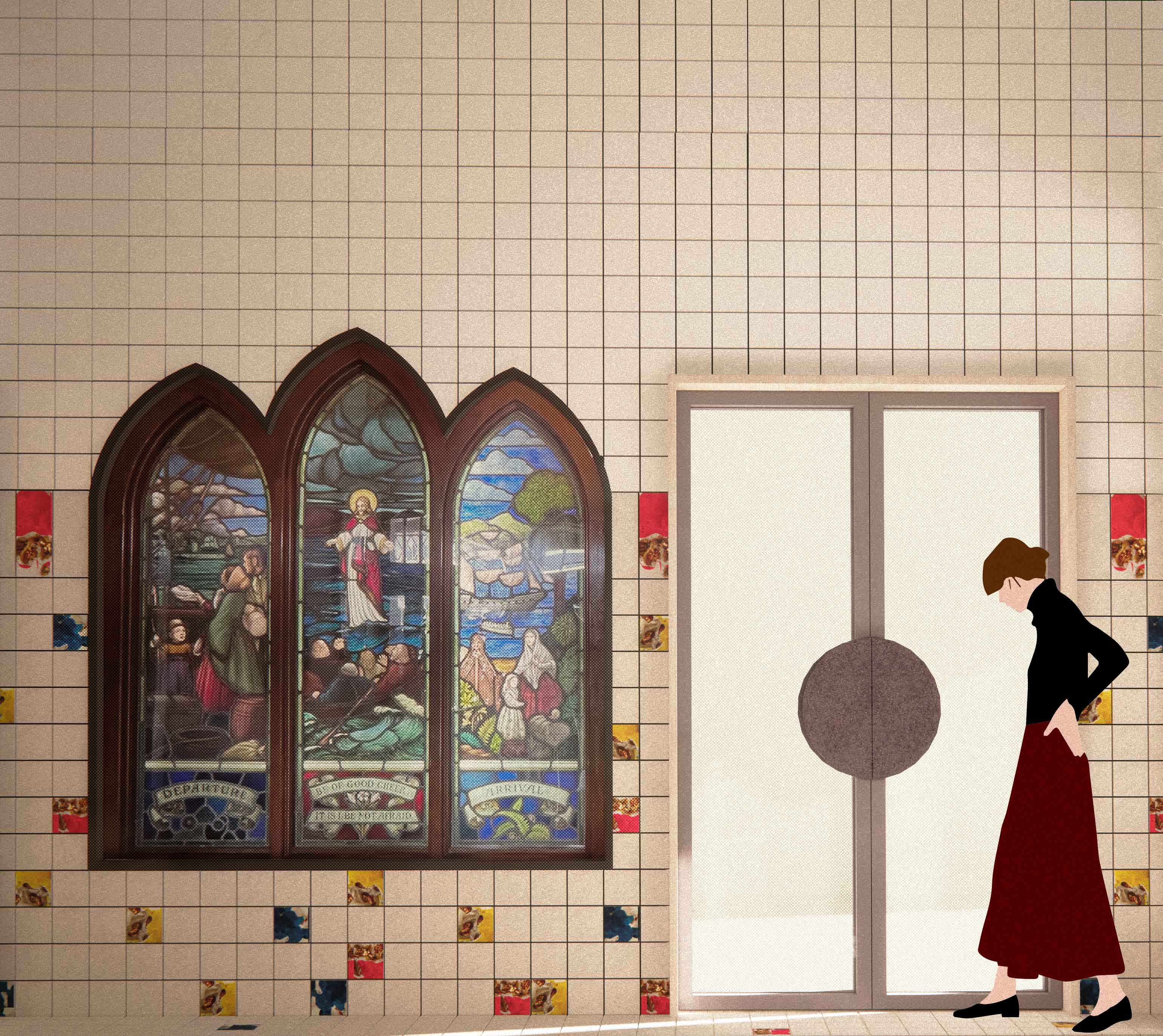
Shrine of Rememberance —
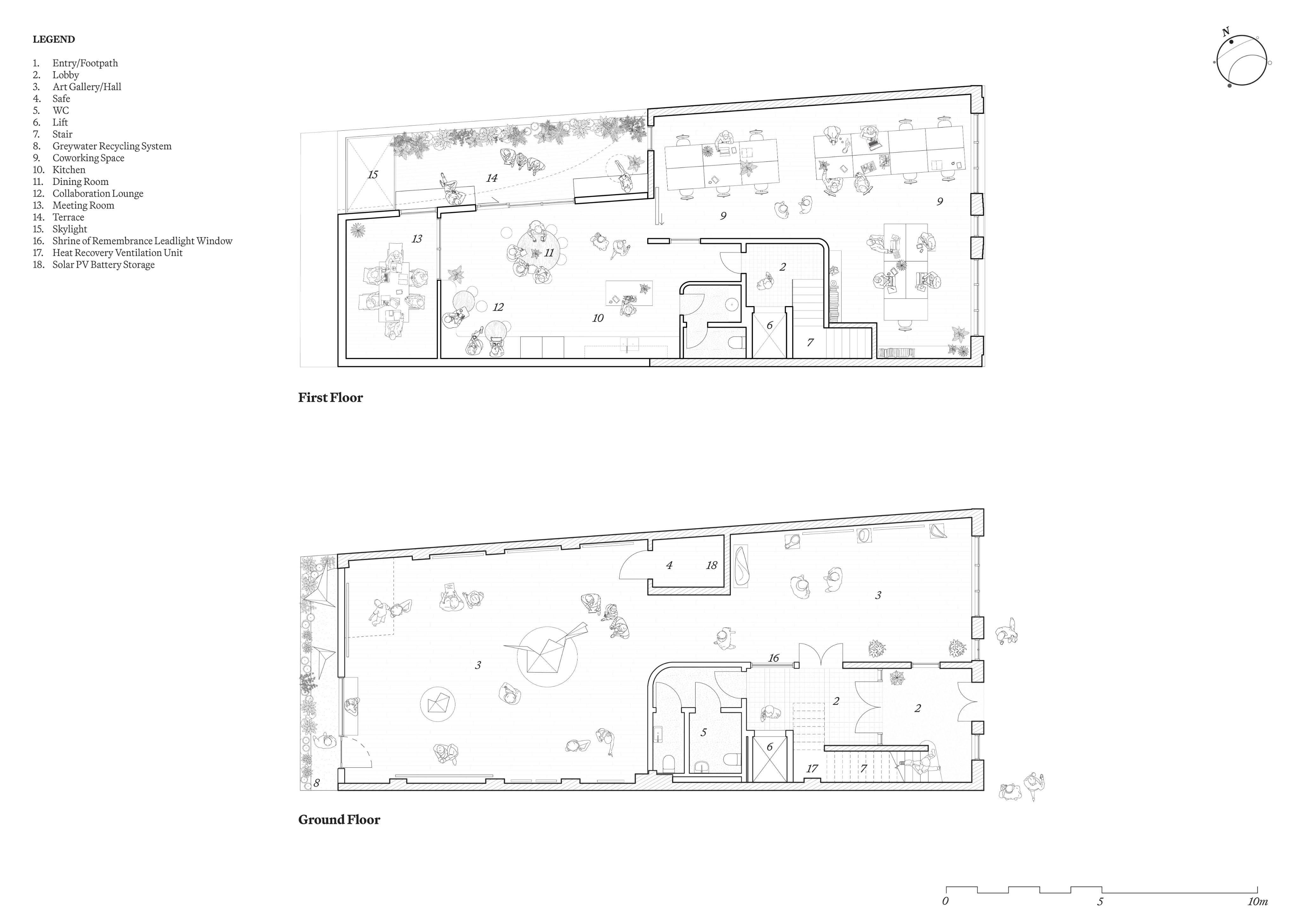
Plans —

Discovery —

Exisitng Site — The Existing Hall
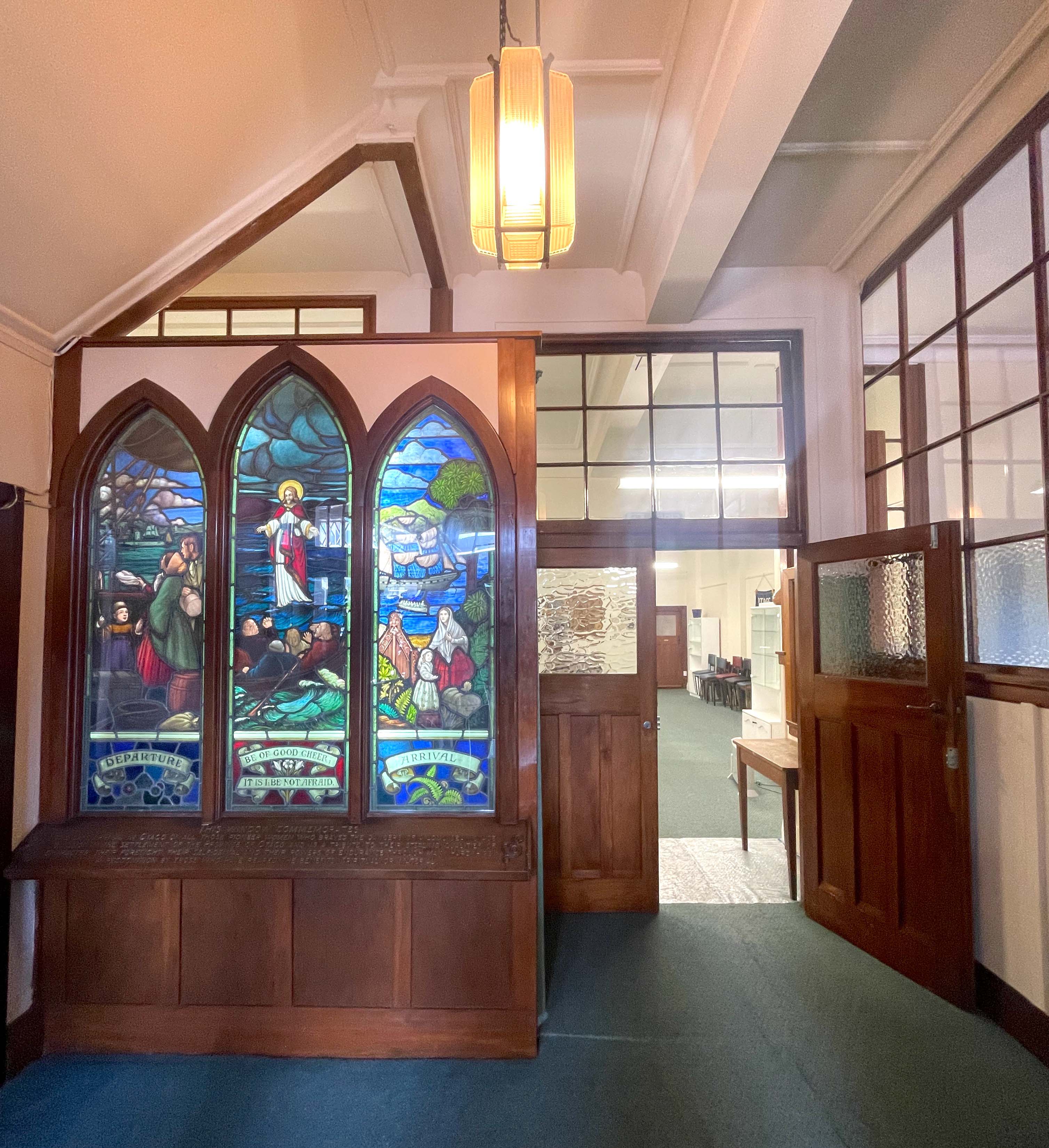
Heritage Features — The Shrine of Rememberance
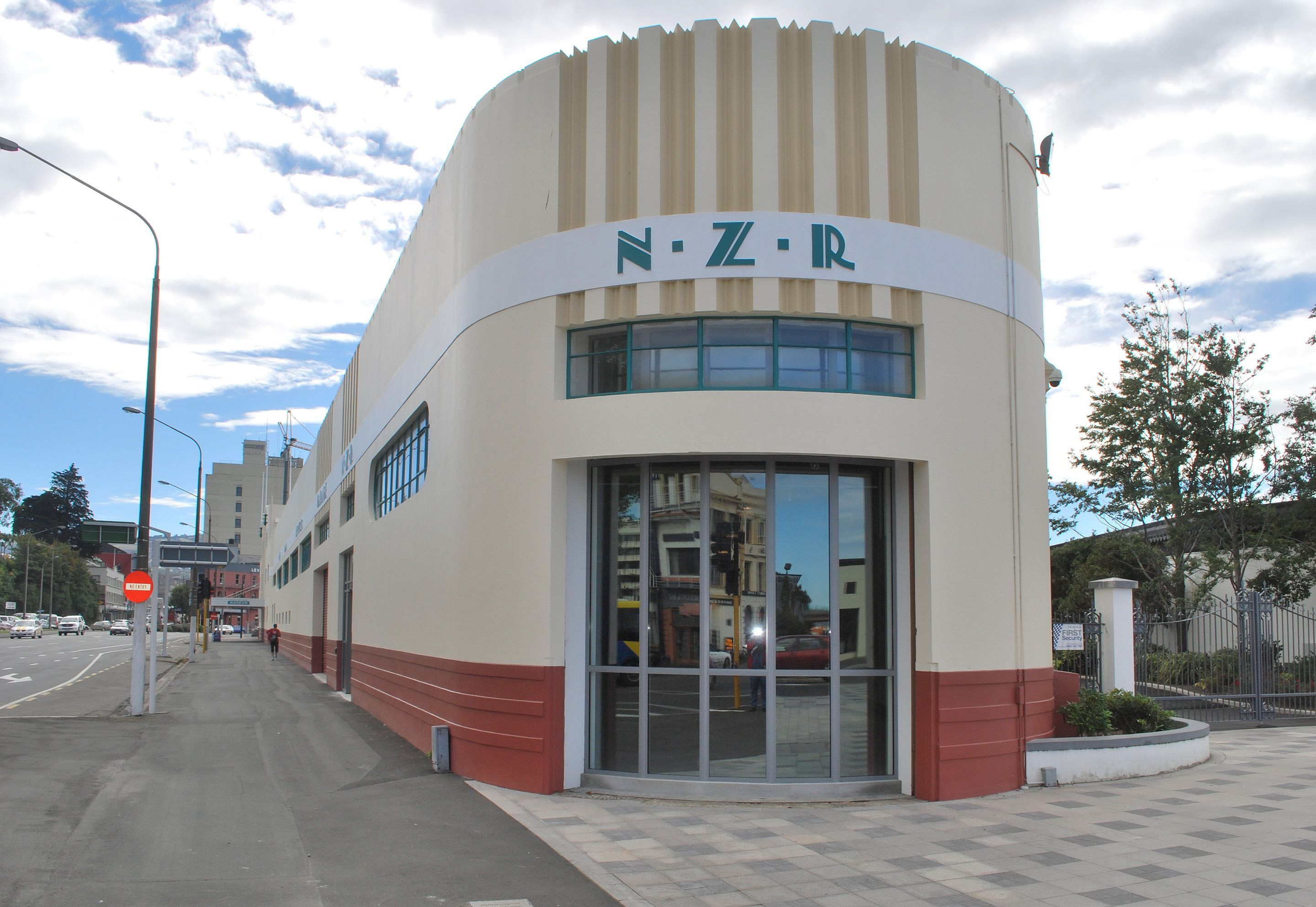
Art Deco Precedent — Local
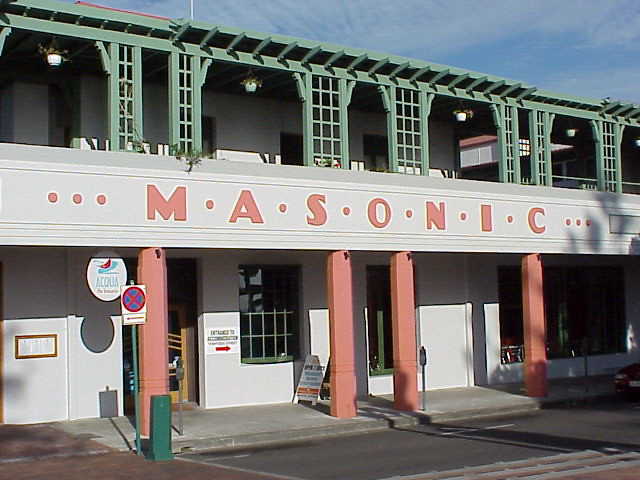
Art Deco Precedent — National
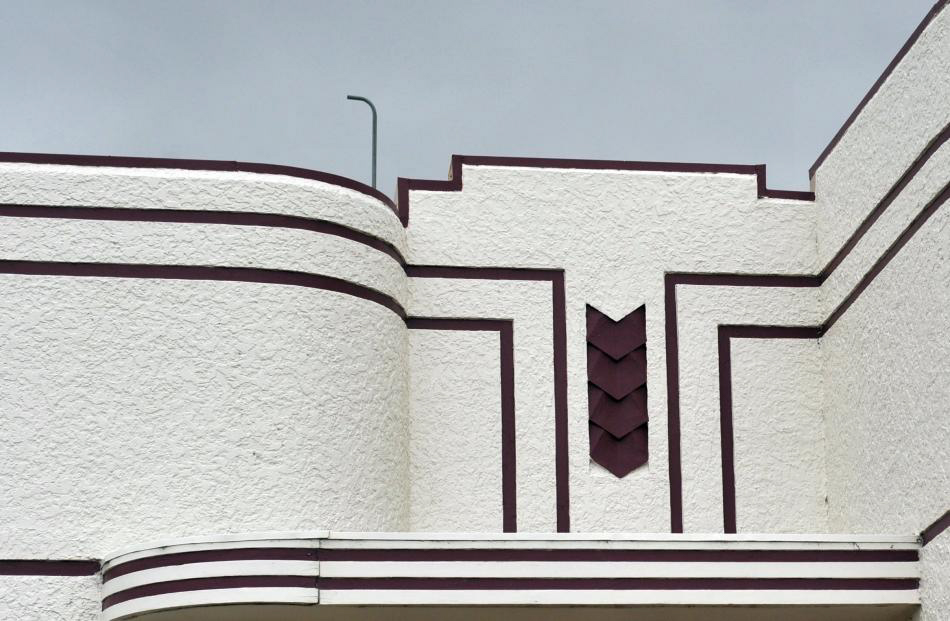
Art Deco Precedent — National
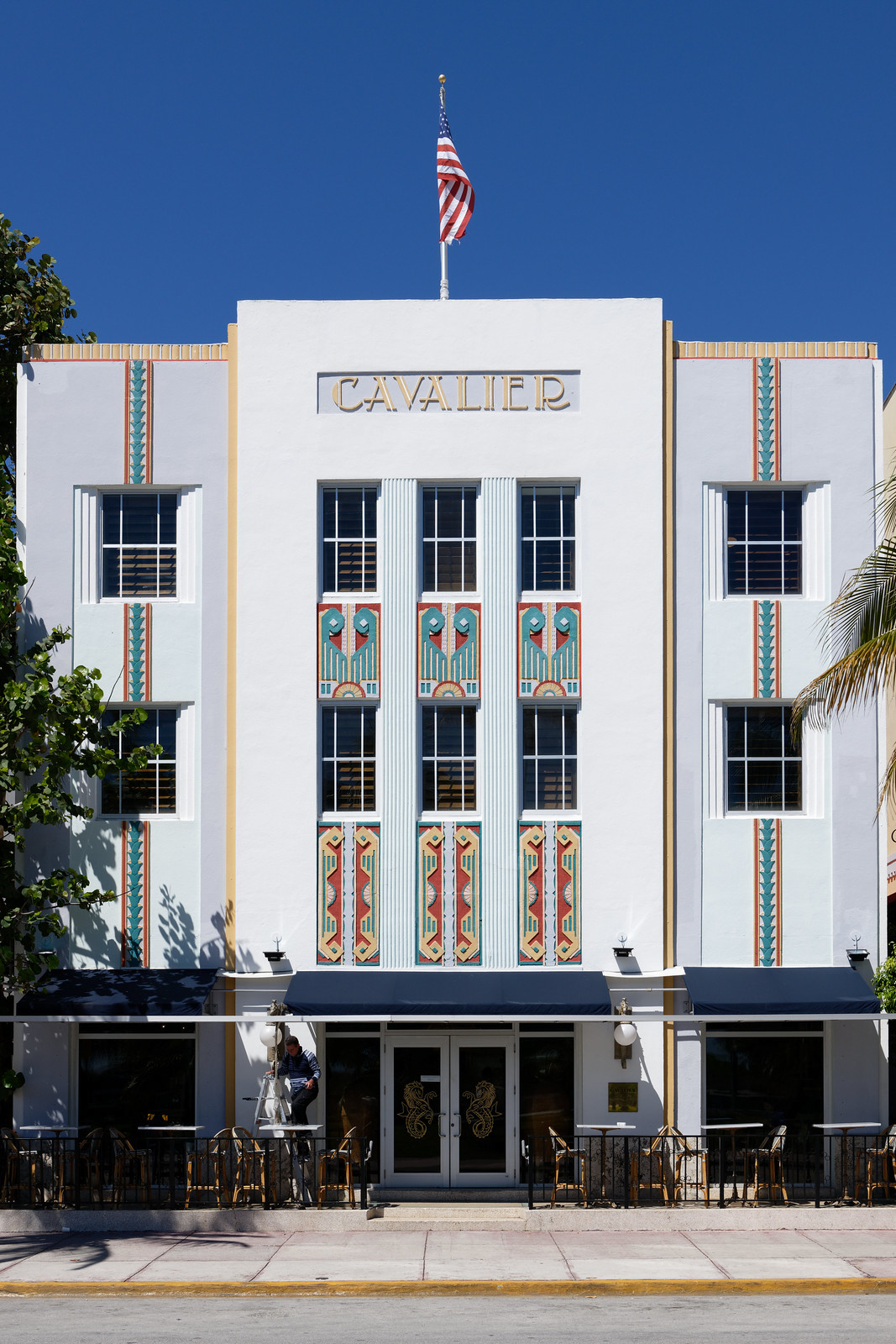
Art Deco Precedent — International
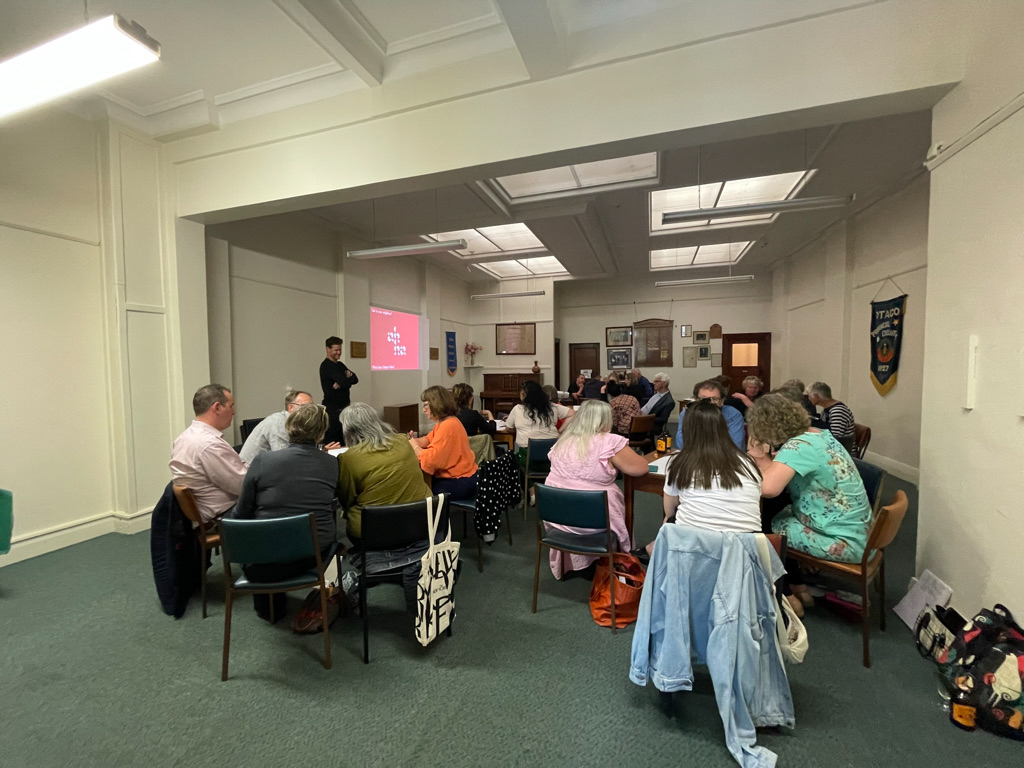
Participatory Workshops — Stakeholder Engagement with the potential for the Hall.
Concept Design —

Facade Development — Conceptualising the OPWMA legacy into the built form.

Facade Development — Conceptualising the OPWMA legacy into the built form.

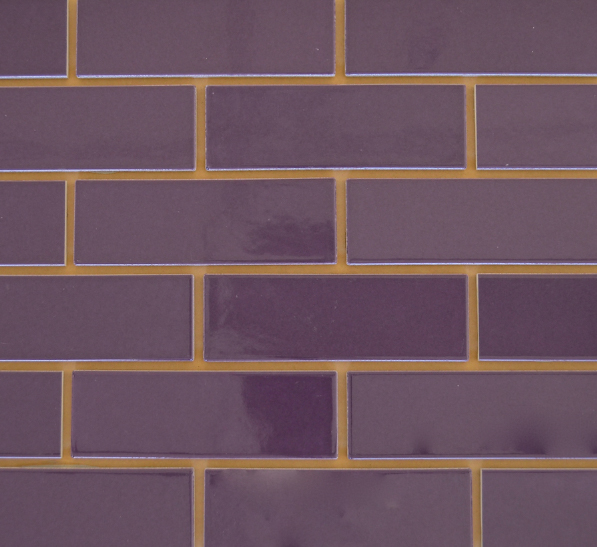
Facade Development — Glazed bricks honouring the Otago Pioneer Women through the use of colour.
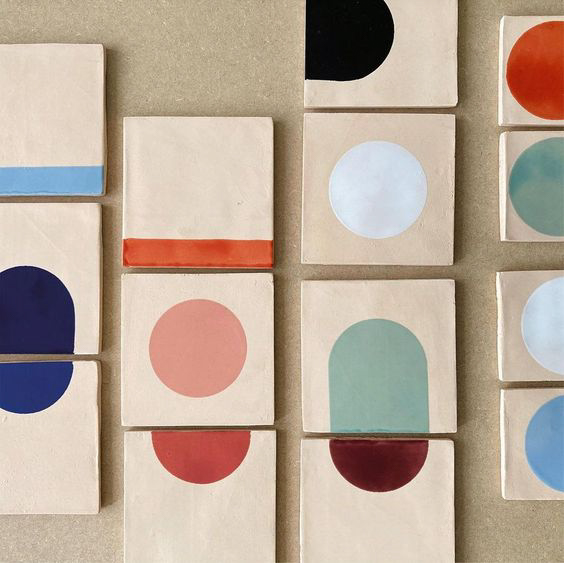
Interior Development — Modernising the Art Deco aesthetic through artwork combined with building materials
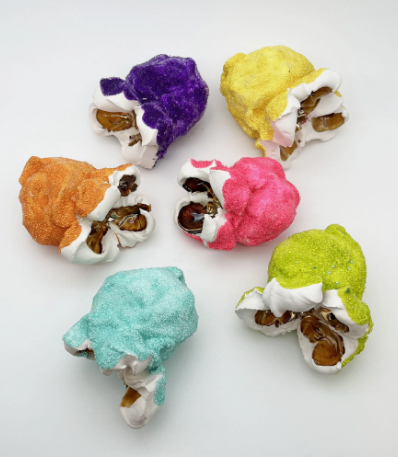
Artist Inspiration — Madeline Childs Artwork

Plastic Waste — Repurposed
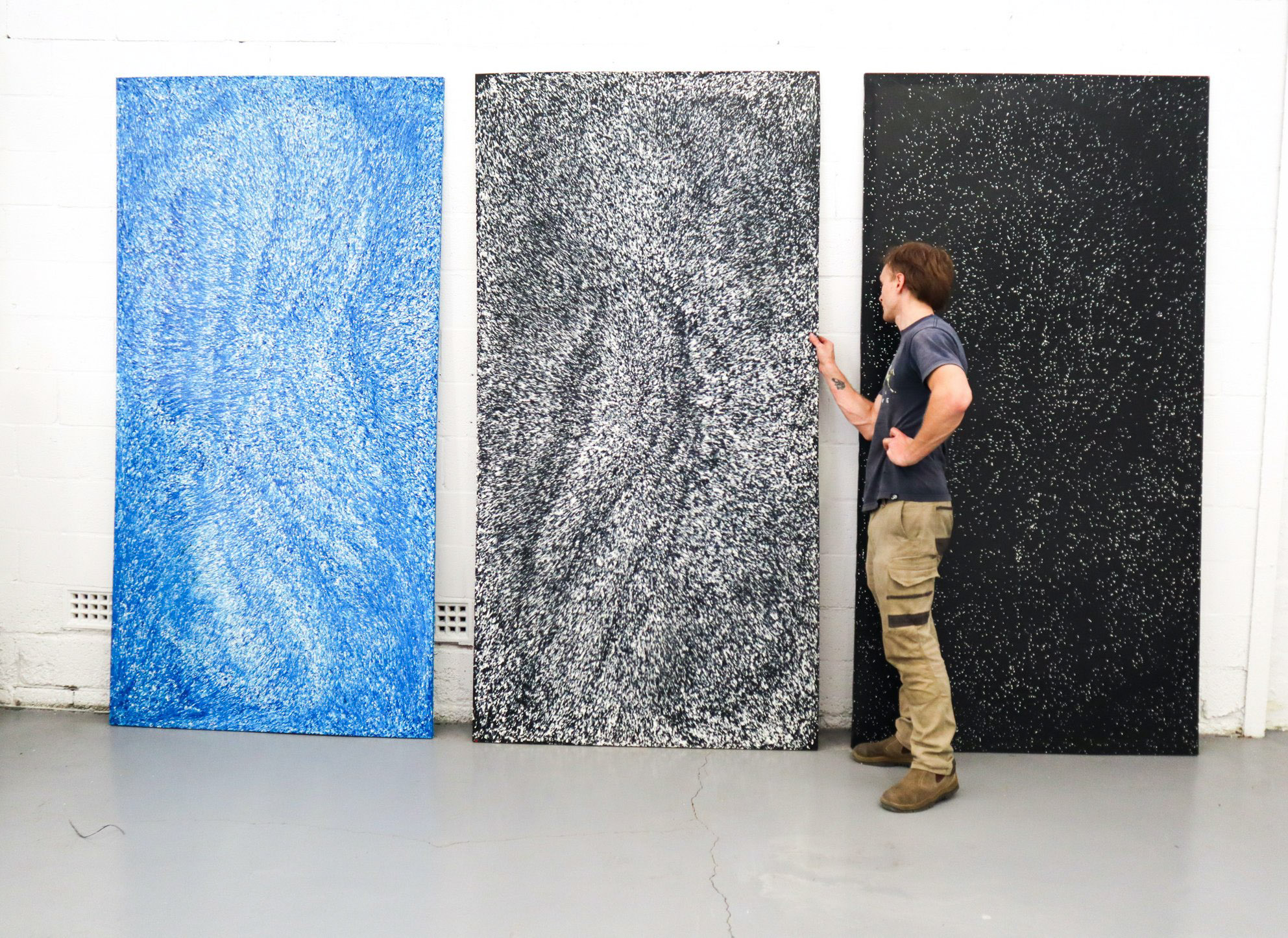
Waste Not — Recyled Plastic Sheets compliment the artworks
Information
-
Client
Ōtepoti Futures Trust
-
Location
Ōtepoti, Dunedin
-
Year started
2021
-
Status
Concept Design
Located in central city Dunedin, The Hall is both regenerative urbanism and heritage adaptive reuse.
Moving beyond the architectural role, ahha facilitated project funding, democratic ownership structures, community participation and design, in the creation of a contemporary fit-for-purpose community facility and a social infrastructure for Dunedin.
The background —
The existing art deco building holds strong ties to the broader Dunedin community, having been originally setup for the support of women in Otago. Deeply connected to the women's suffrage movement, it was founded as a Centennial Memorial community building by the Otago Pioneer Women's Memorial Association Inc, and historically providing low-cost community space.
While the project has a rich architectural design potential, as well as sound environmental, cultural, and financial outcomes, there’s also a longer term view at play. Seeing an opportunity for the building to have a broader reaching positive impact on both the OPWMAI’s support for women, and the wider community, ownership of the building was transferred into a Community Land Trust – founded for Dunedin citizens, with The Hall as the catalyst. With revenue generated from the Hall’s leases, all funds left after operational expenses will contribute to extending the Trusts impact on seeking equitable opportunities for Dunedin citizens. Activities such as perpetually affordable housing, neighbourhood amenities, and further community facilities will be the focus of the Trust in building a more holistically sustainable city and region.
The design —
The design looks to intensify the building's use, increasing passive fire design, access options, and structural strength, while providing much-needed maintenance. The contemporary interventions are sensitive to the built fabric: sitting back from the forms reading at street level, preserving terrazzo clad lobby and stairs, while highlighting legacy elements to honour the building’s past.
An increase in area for a mixture of community and commercial space which favours a culture of sharing, makes best use of the building at different times of the day, and days of the week. The provision of garden space in the only slither of uncovered land, a raised outdoor court, and a roof garden offers wellbeing for occupants and visitors, while increasing the potential for ecological biodiversity in the city.
- Key Spaces
- Community Hall and Art Gallery
- Coworking Space
- Meeting Rooms
- Roof Terrace
- Community Kitchen/Dining Space
The result —
The Hall is an example of citizen-based urban regeneration – bringing businesses, communities, and individuals together in the reuse of an underutilised heritage building. This project is not just about the physical space; it is also about the social, cultural, and economic opportunities of the communities that live or interact here.
The success is in a coordinated approach, which incorporates central and local government, the community, and the private sector.
Project Team —
Structural Engineer — Dunning Thornton
Heritage Architect — Lucy Hayes-Stevenson
Fire Engineer — Cross Fire
Accessibility Consultant — Livingwell
Branding & Public Relations — Walsh & Beck